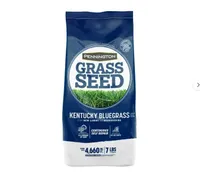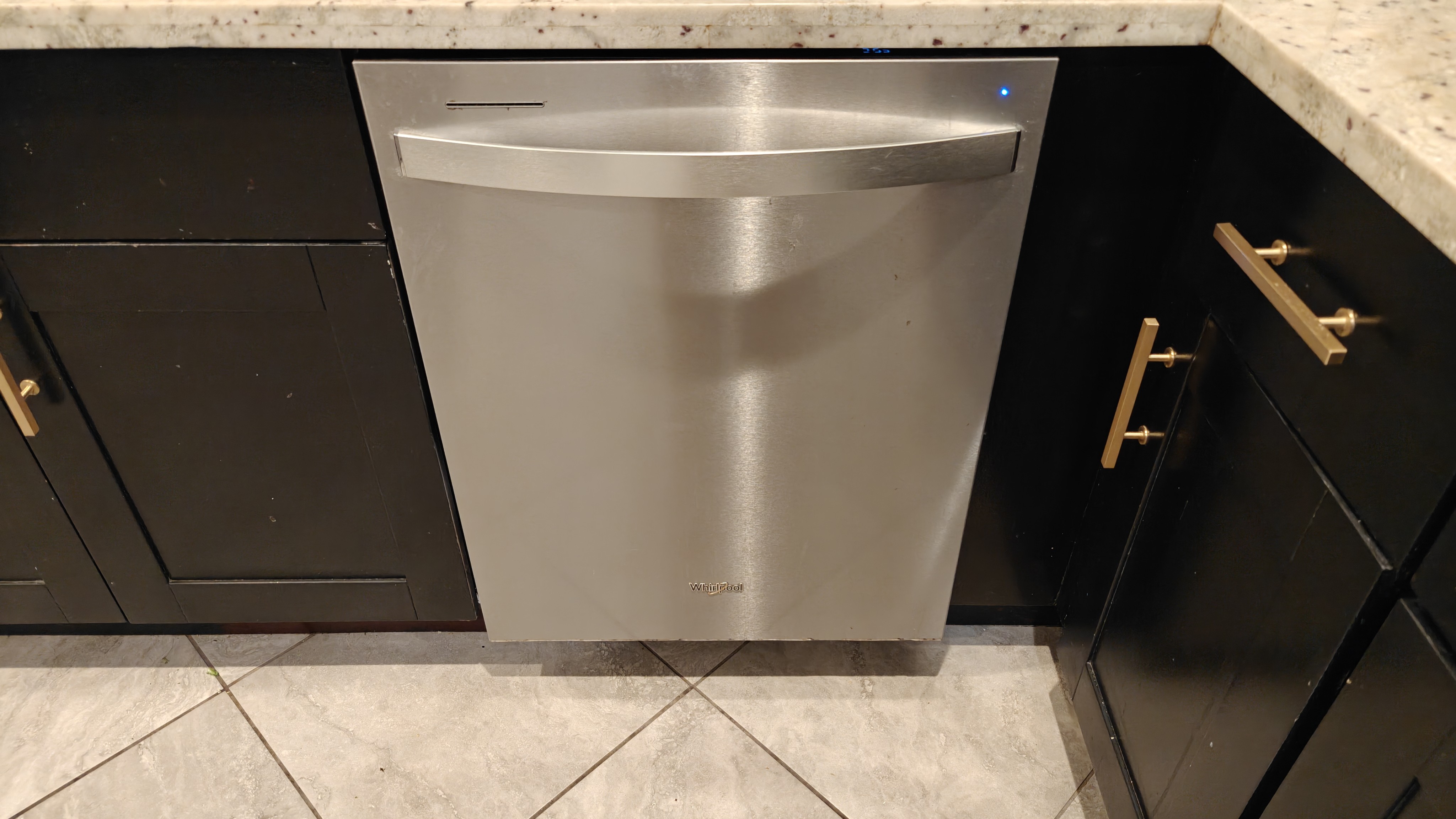10 things you should never do to your lawn in a heatwave
Cool it! Routine lawn care tasks like mowing and fertilizing can harm a lawn during very hot weather. Here's what you should never do to your lawn in a heatwave, according to an expert.
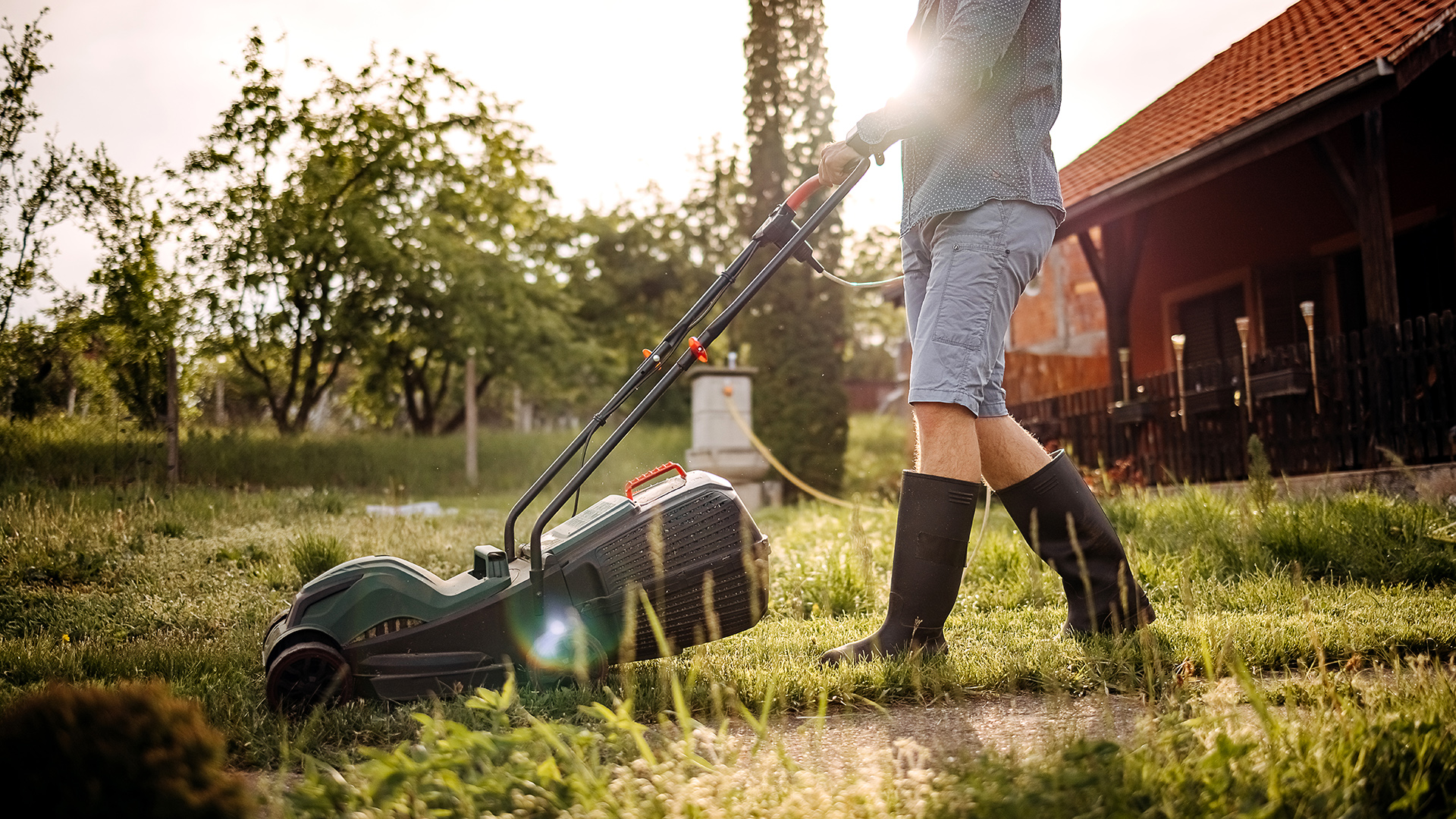
Heatwaves can harm a lawn, causing issues such as dehydration, compaction and browning or yellowing. If you’ve noticed these effects, you might feel like taking action—but some of the lawn care practices that usually help grass will actually harm it while it’s under the stress of a heatwave. Even the best lawn mowers, aerators and dethatchers can’t make accommodations for super-hot weather.
To help you avoid doing more harm than good to your lawn, this guide will take you through ten lawn care activities and usage habits that you should avoid during a heatwave. Helping us along the way is Nick Wren, a Merchant specializing in Fertilizer and Seed at The Home Depot.
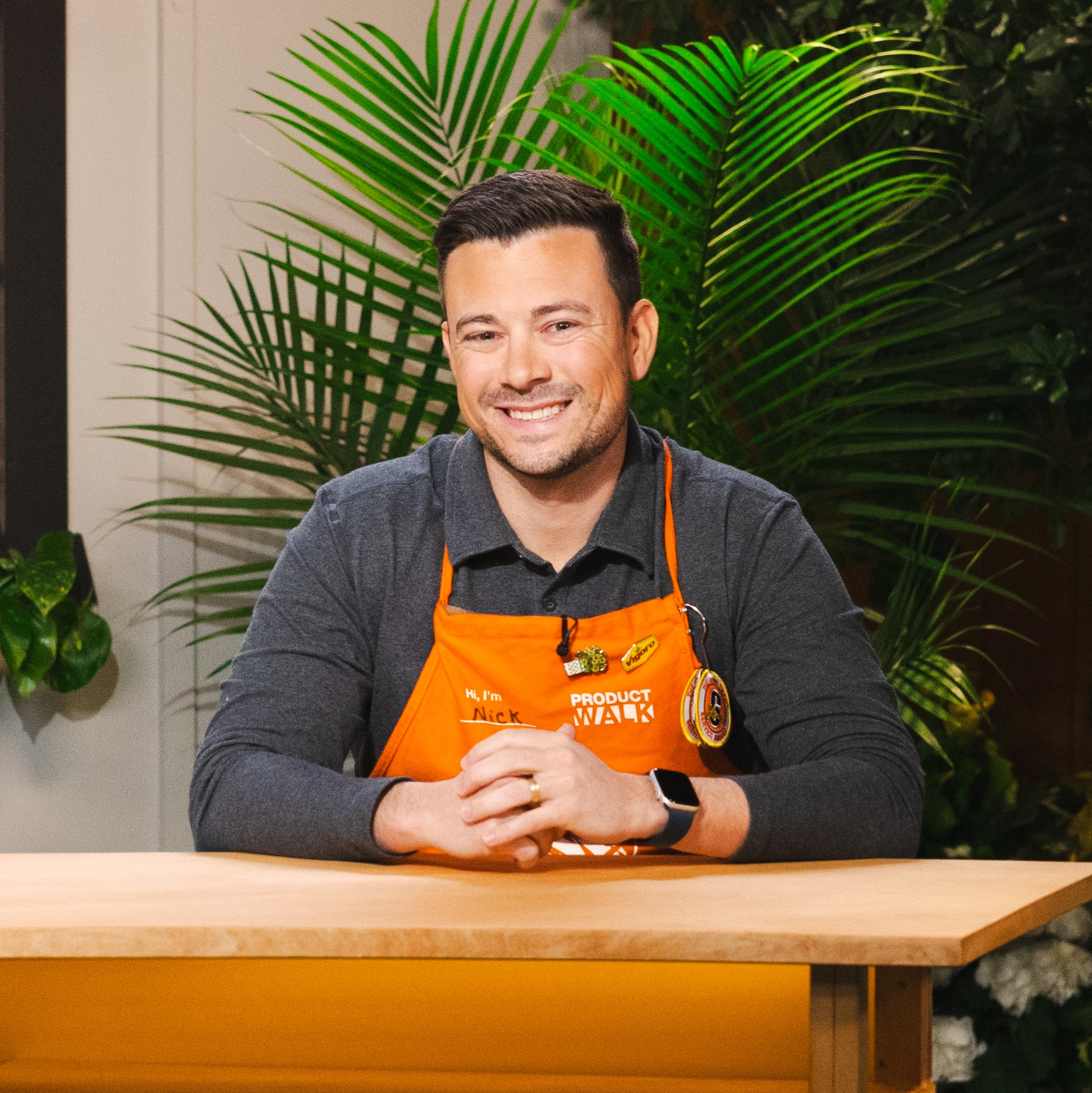
Nick Wren is a Merchant specializing in Fertilizer and Seed at The Home Depot. With over 2,300 stores across North America, The Home Depot is the world's largest home improvement retailer.
Working hard on lawn care in the hot sun might cause harm to yourself, as well as to your prized lawn.
“To avoid extreme fatigue during a heatwave, limit outdoor work between noon and 3pm, stay hydrated, use sunscreen, and wear lightweight clothing to keep cool,” says Home Depot’s Nick Wren.
It’s frustrating to sit back and watch your lawn lose its lovely green hue during the heat – but there’s cause for optimism, as much of the harm done by very hot weather is reversible.
“Although it may take some time, with proper care, grass can recover from heatwave damage,” says Nick.
“If your lawn is negatively affected by a heatwave, wait for milder weather then aerate the soil and reseed if necessary.”
Sign up to receive the latest news, reviews, buying guides and deals direct to your inbox
With all that said, here are ten things you should never do to your lawn in a heatwave.
Things you should never do to your lawn during a heatwave
1. Water during the hottest part of the day
Watering your lawn becomes more important than ever during a heatwave. The hot sun dehydrates the grass through a process called ‘transpiration’. This can lead to yellowing, brittleness—and in extreme cases, death.
If you keep up a daily watering schedule, you’ll improve the chance of grass staying green and healthy through a heatwave. However, you shouldn’t do this crucial job during the hottest part of the day, as much of the water will evaporate before it reaches the grass roots.
Avoid watering your lawn during peak heat by watering in the morning when you can beat the heat and reduce evaporation,” says Nick.
“If you have a sprinkler system like the Husky 4500 sq. ft. Turbo Oscillating Sprinkler ($29.98), set it to begin watering at 4 a.m.”
Late evening and night are also suitable watering times during a heatwave.
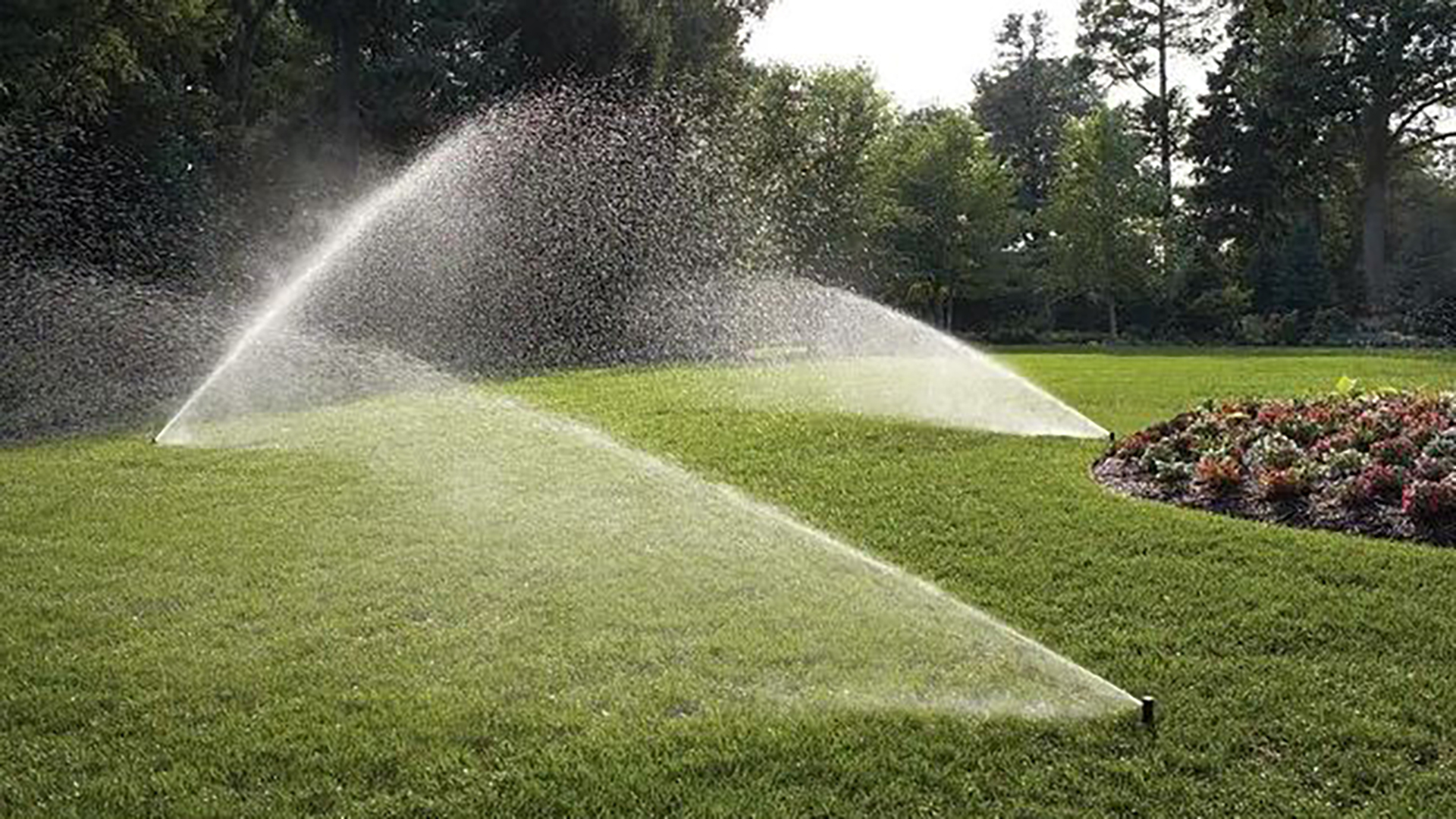
2. Mow the grass
It’s not advised to mow your lawn during very hot weather. Grass can become less resilient due to the stress of being mowed—and that’s the last thing the plant needs when heat makes survival difficult.
Nick explains: “Your lawn comprises millions of plants that shade each other and crowd out potential weeds. In warm weather, this shade helps hold in soil moisture.”
Grass tends to grow slowly, or not at all, when it is stressed by excess heat. So, there’s not much to be gained by attempting a risky, mid-heatwave mow.
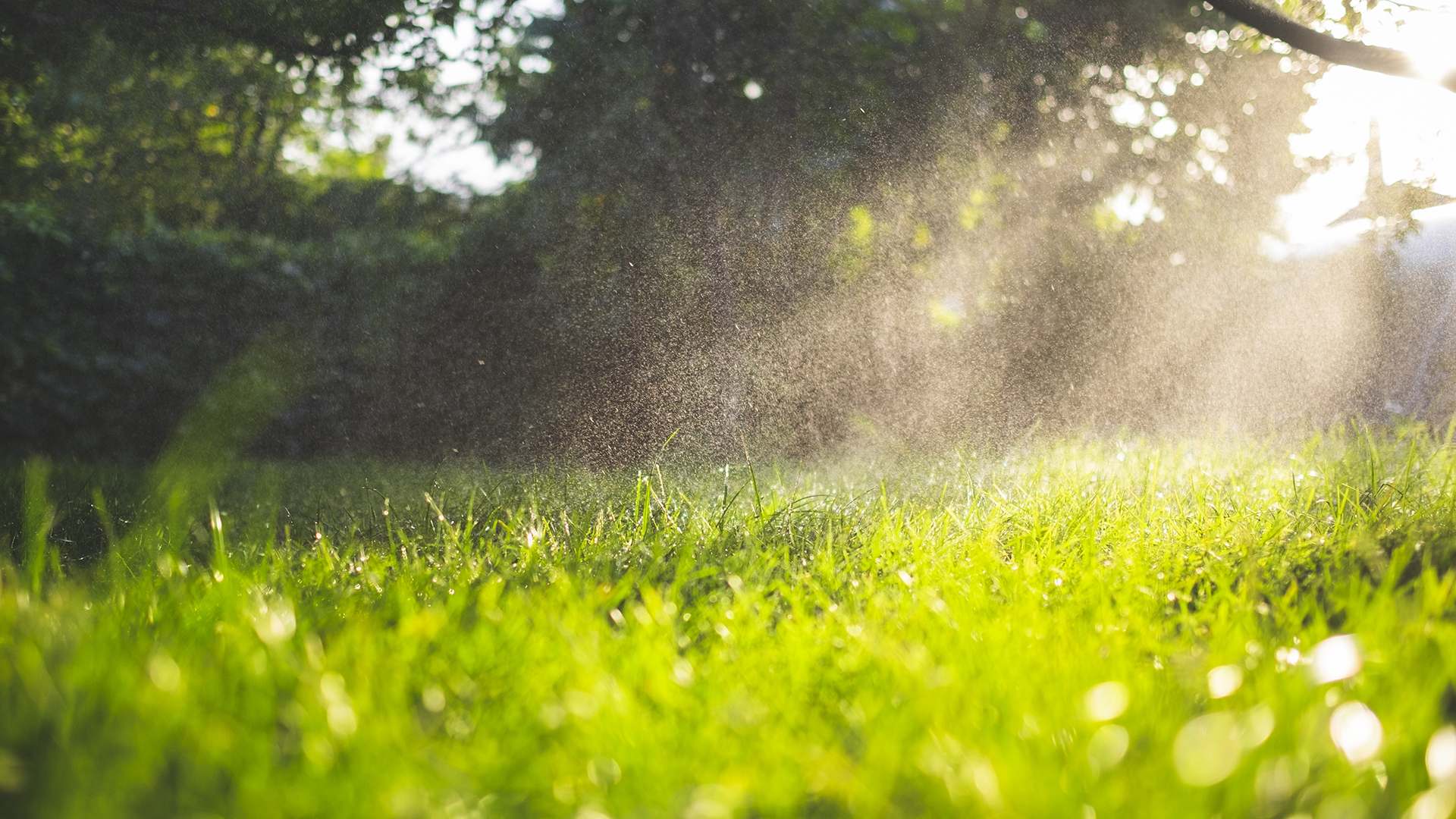
3. Dethatch the lawn
Dethatching is a lawn care process where a special tool, such as the Greenworks 14in Cordless Dethatcher and Scarifier, is used to remove some of the thatch layer – made up of dead or decaying organic matter—between healthy grass and the soil.
The upside to dethatching is that it can improve the availability of water and nutrients to the grass. However, it’s an intensive process that damages some of the grass plants, which will need to regrow afterwards.
To allow for that growth, it’s best to dethatch during early spring or early fall in a cooler climate, or late spring or early summer if you’re somewhere hotter.
With that said, you certainly shouldn’t dethatch your lawn during a heatwave, whatever the season. Dethatching should be done only when conditions are easy on your lawn—not during very hot or dry weather that puts stress on the grass.
4. Scarify the lawn
Similar to dethatching but even more intensive, scarification should never be undertaken during a heatwave, or at any other time when grass plants are stressed.
Whereas a dethatcher will pull up mostly thatch, scarifiers lift a significant volume of grassroots, soil, and potentially weeds such as mosses too. If your lawn is overrun with moss, this is your ‘hard reset’ option to help deal with the problem.
Scarification causes a lot of stress to the lawn—so much so that some lawn experts advise against doing it whatsoever. It’s a measure that absolutely should not be attempted during a heatwave.
5. Aerate the lawn
When you know how to aerate your lawn it means that you'll be making small holes in a lawn, using a garden fork or a purpose-made tool called an aerator. Many gardeners aerate their lawn every year, to maintain a healthy flow of air and water flow to grass roots.
The aeration process causes less collateral damage than dethatching or scarification, but it does cause stress to parts of the lawn. It’s another lawn care task that should be avoided during a heatwave.
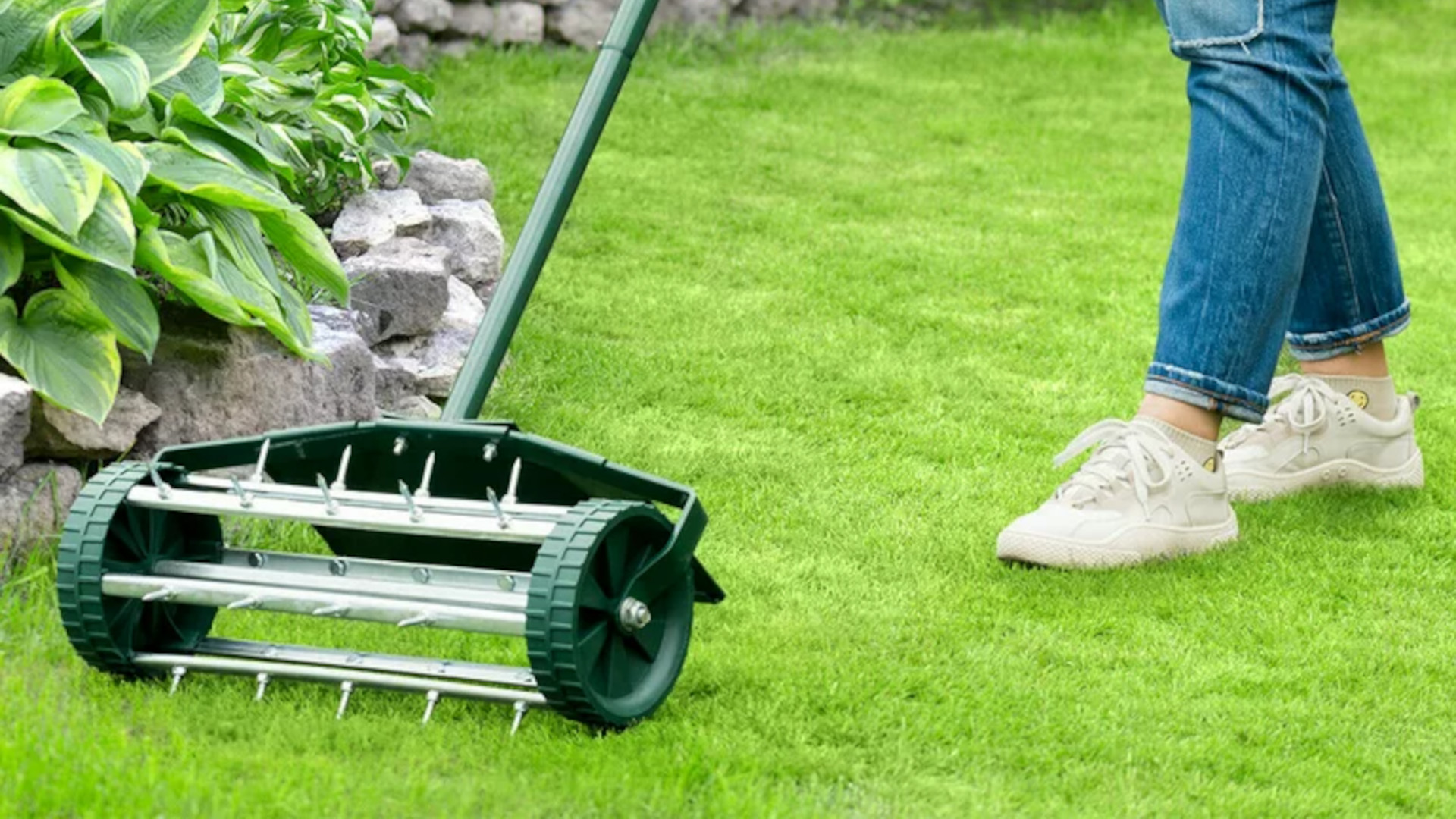
6. Apply fertilizer
Under certain conditions, a lawn will benefit from a sprinkling of nutrient-rich lawn fertilizer – but during a heatwave, it’s a different story.
“Fertilizers can burn your lawn in high temperatures,” says Nick.
“We at The Home Depot recommend applying it early in the spring when the grass starts to green, again in late spring, and once more in late summer, after the hottest months.
“A fertilizer like the Vigoro 14 lbs. 5,000 sq. ft. Lawn Fertilizer for All Grass Types ($22.97) is best applied during the growing season, helping strengthen your lawn against heat and drought,” he adds.
Towards the end of a heatwave, grass is often left damaged and less capable of growth. This would be a good time to give your lawn an infusion of nutrients to help it recover, so apply some fertilizer once cooler weather has arrived.
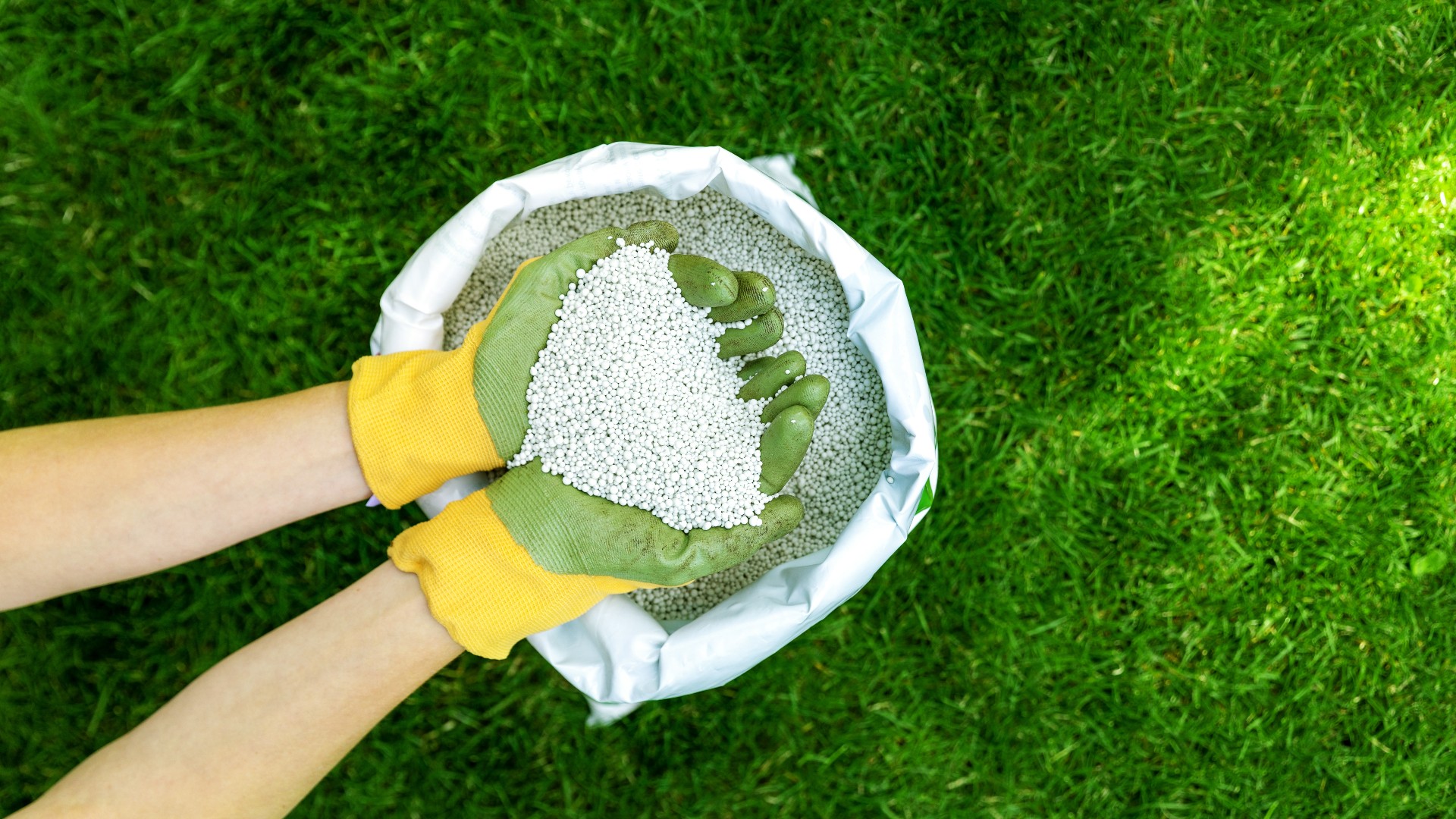
7. Use the lawn heavily (walking, playing, etc.)
As you’ll have gathered by this point, looking after your lawn in a heatwave is mostly about putting as little stress on the grass as possible.
Reviews
Whirlpool 24" Stainless Steel AI Dishwasher Review
Napoleon TravelQ PRO285 Portable Gas Grill review
Dreame L40 Ultra Robot Vacuum Cleaner and Mop review: almost hands-free cleaning
GE Profile Smart Mixer with Auto Sense review: a powerful, thorough mixer
Echo eForce DPB-2500 review: a leaf blower as a snow removal tool?
DPAS-2100 + Pro Paddle Attachment review: a new way to remove snow this winter?
Midea MAD53109APK 5.5QT Air Fryer review: a small, simple, and highly effective option
Eureka J15 Pro Ultra Robot Vacuum review: hands-free cleaning for busy families
It’s easy to forget, but walking on a lawn is stressful for the grass plants underfoot. So, it’s best to avoid over-using the lawn in very hot weather.
Warm weather is precious, and we’re not saying you should stay off the grass at all times during a heatwave. But maybe spend some of your sunny outdoor time cooling off in your inflatable hot tub, instead of strolling on the lawn.
8. Gather up grass cuttings
If a heatwave has been forecast, and you’re going to cut the grass one last time before the really hot weather arrives, then you can help the lawn out by adapting your mowing method.
First, increase the cutting height of your mower so that the grass is left relatively long. Second, consider removing the grass collector box from the mower, so that cuttings simply fall back onto the lawn. The cuttings will provide the lawn with a helpful supply of nutrients during the stressful times to come.
9. Plant a new lawn
If you plan on planting a new lawn made up of cool-season grasses (such as tall fescue or Kentucky bluegrass), the middle of a heatwave would not be the most appropriate time to do it.
The clue’s in the name: cool-season grasses grow slowly during very hot weather, which will make it much more difficult for the grass to mature. We suggest you wait for milder, wetter conditions during early fall or spring.
Pennington Kentucky Bluegrass Northern Grass Seed Mix, 7lbs | $27.97 at Walmart
This premium blend of grass seed was especially formulated to provide dark green lawn grasses. This 7lb bag will cover up to 4,666 sq ft of lawn, and is best suited to partial shade or 6-8 hours of sun light.
10. Forget to stock up on lawn repair supplies
All the good advice in the world won’t protect your lawn fully against the harmful effects of a heatwave. It’s likely that at least some patches of grass will have temporarily turned yellow or brown—and it’s possible that some grass plants will die.
Thankfully, lawn damage sustained during a heatwave can usually be healed with the right tools, methods and time. Make sure you have a rake available to remove loose plant matter from the lawn, as this will make it easier for water to reach the grass roots.
You’ll also need a tool such as a garden fork (like this Truper 30293 Spading Fork for $41.90 on Amazon) to aerate the soil, and a supply of grass seeds (the same variety as your existing lawn grass) so that you can overseed a lawn to address any bare or thin patches of grass.

Pete has reviewed hundreds of gardening products for titles including TopTenReviews, Ideal Home and the London Evening Standard, as well as writing articles on diverse topics for other publications such as The Guardian and BBC Good Food. Pete loves spending time in his yard – although, having just read The Day of the Triffids by John Wyndham, he is regarding his plants with a newfound suspicion.
